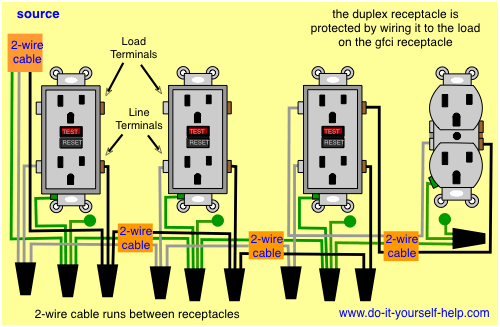In my old, mostly ungrounded house I have found a 3-prong outlet housed in a metal electrical box that behaves strangely. It operates fine, but when inspected with a digital multi-meter I observe:
- Hot to Neutral: 120V
- Hot to Ground: 80V (same for Hot to electrical box)
- Neutral to Ground: 30V (same for Neutral to electrical box)
- When I use a GFCI tester it reports "Open Ground"
- Looking at the wiring, there is a ground wire coming into the box in the romex cable but it is not connected to the outlet
- There are no outlets connected downstream from this one
My questions:
- Why am I observing these voltages to what looks like a disconnected ground?
- Is there any safety risk (e.g. electrical fire) in using this outlet as is beyond the standard ungrounded shock risks?


